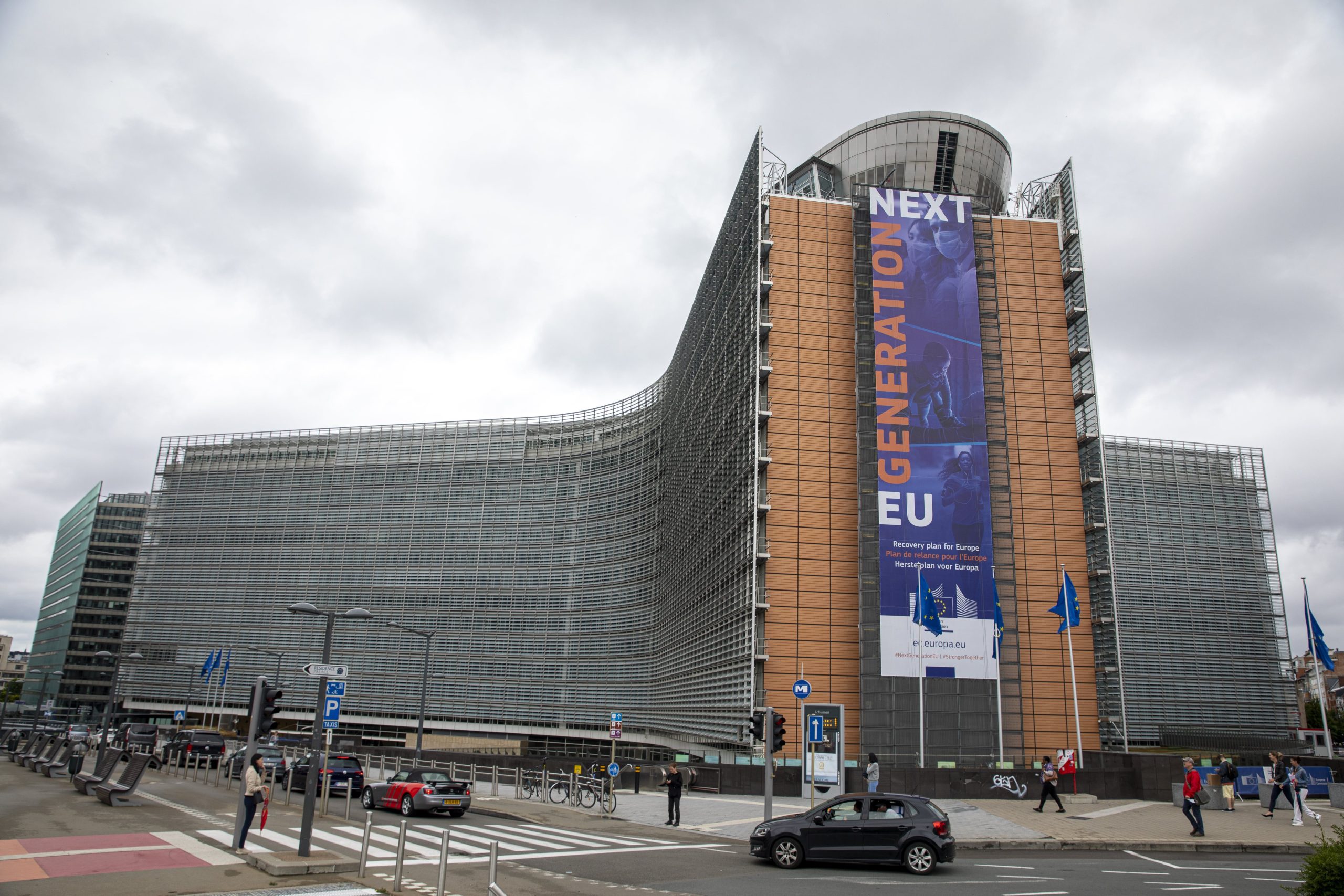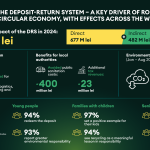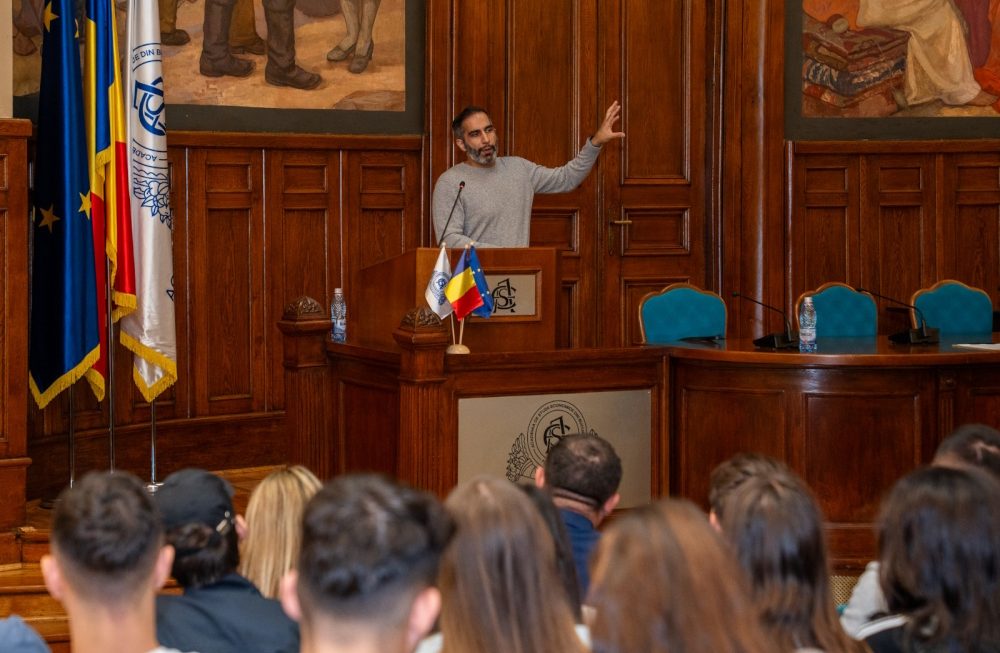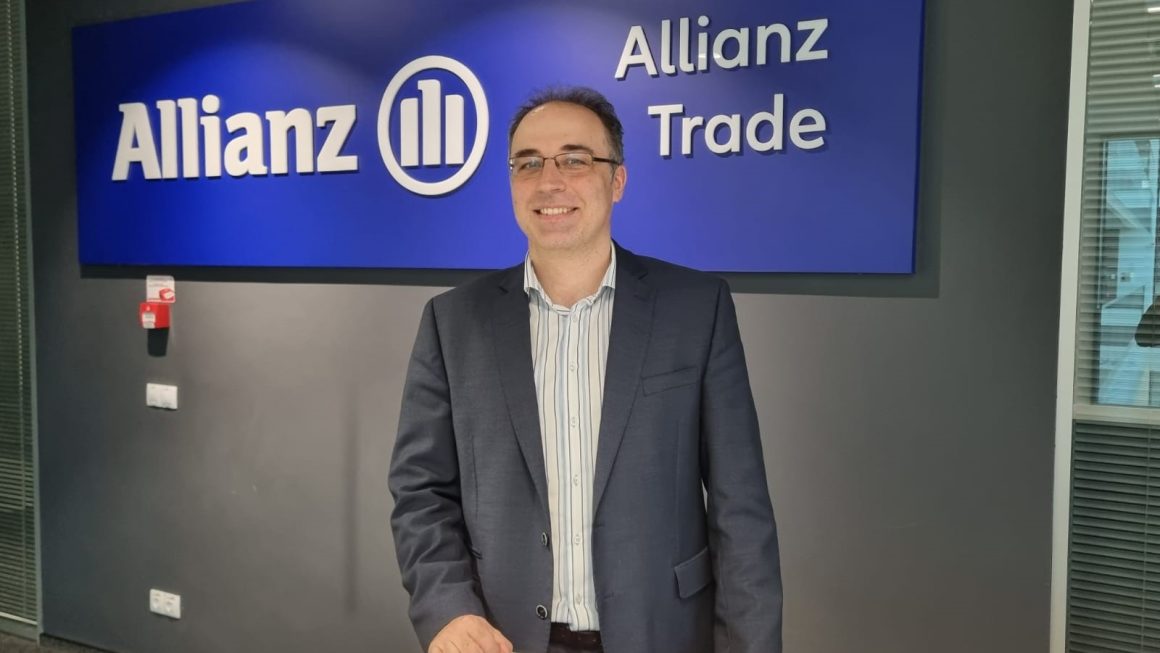
EU 2026: Greener & more digital
XavierLejeune / depositphotos.com
Europe is now on the move. If no new wave of COVID will hit the world this autumn (though there is a certain risk that something like this will happen, with everybody traveling again and the highly contagious Delta variant of the SARS COV 2 on a rampage), in the second part of this year an unprecedented fever of investment and reform will take over the European Union and will bring about deep structural changes over a very brief period.
It has been often placed on the same level with the American Marshall Plan of 1948 – 1952, aimed at helping to jump-start Europe’s economy after World War 2, but the Next Generation EU framework is a very different animal: the US Council on foreign relation, an influential think tank, calls the Marshall Plan “rightly legendary for its vision and accomplishments”, but places its financial value to only USD 135 billion in today’s money. The EU’s Next Generation financial frame dwarfs the Marshall Plan, being endowed with a hefty EUR 800 billion. The money is supposed to fund not a mere recovery from the COVID-induced crisis, but an authentic transformation.
But it’s not just about the money. At the heart of the EU’s Next Generation program lies the so called Recovery and Resilience Facility (RRF) of EUR 672.5 billion to be made available to the member states between 2021 and 2026. The way part of the funds will be raised is a premiere for the EU – for the first time in history, the EU managed to jump over its own shadow and will take on common debt, something considered unthinkable only one a little more than a year ago.
The RRF itself is – in a manner of speaking – comprised of national plans of member states, and the way they are meant to access the money is also twofold. On the one hand, they will get grants, on the other they will be able to borrow money at very good interest rates, with Brussels leaving to their discretion how much they will borrow. Up to a certain amount, anyway. Indeed, the degree to which the EU nations want to make use of the grants vastly differs. According to an analysis by the Brussels based think tank Bruegel, “seven countries have requested loans. Of these seven countries Greece, Italy and Romania have requested the full amount of loans available to them, while Cyprus, Poland, Portugal and Slovenia have requested between 16% and 37% of the loans available to them. According to Article 14 of the RRF Regulation, countries can request loan support until 31 August 2023, so more countries may do so.”
There are however more than a few differences between the method the recovery and resilience facility works and the regular way of doing business in EU funded programs, because one of the distinct features of the RRF is the way it emphasizes reforms in all areas, but mainly in environmental regulation, because tackling climate change is considered to be an absolute must. From the EU’s perspective, resilience seems not just about how much money you invest in how many things, but also about the general direction in which the respective national economies – and as a result, the European economy as a whole – move.
The key tenet of Next Generation EU is green and digital, which is why prior to an approval the European Commission is checking that the national plans will mark at least 37% of spending for climate investments and reforms (with decarbonisation at the forefront), and another 20% for the digital transformation. All in all, there are seven so called flagship areas of spending, which included clean technologies and renewable source, improving the energy efficiency of buildings, establishing sustainable transport solutions and installing charging stations, rolling-out of rapid broadband services, the digitization of public administration, putting up data cloud capacities, and ensuring the necessary training to support digital skills. But even after approval, which comes along with an initial disbursement of 13% of funds, countries are not automatically off the hook for good. Further funding will depend on milestones and targets being reached, and, as Alex Patelis, chief economic adviser to the Greek Prime Minister, and Martin Nevey from the European Commission confirmed in an online meeting organized by Bruegel, there will be no such thing as a phasing of projects in the manner of those covered by the regular multiannual EU budget. It’s “sudden death” in August 2026. And if projects cost more than they are estimated, coming up with the rest will be on the respective country.
For Romania, the individual national recovery and resilience plan is extremely important. Consisting of only EUR 13.2 billion in grants and EUR 16 billion it is supposed to finance a huge modernization effort. A big part of it is dedicated to tackle the lack of transport infrastructure, with over 430 km of modern highways to be build and 300 km of railways will be modernized. In cities, 12.7 km of new metro network shall be added and 32 new metro trains bought, 1,630 km of water networks and 2,000 km of sewers will be laid in towns with more than 2,000 inhabitants. Another target mentions up to 1,500 energy-efficient blocks of flats and around 2,000 rehabilitated public buildings. The gas grid will be built to be used with other low-carbon gas fuels, while 400 km of methane and other low-carbon gas distribution networks shall also be delivered. In the area of digitization and good governance, the plan includes a Government IT cloud to linking all government ministries and agencies in a single inter-operable network and database with 30,000 civil servants to be digitally trained to use it. To what extent these ideas will materialize is unclear, because at the time of researching this article, Romania’s national recovery and resilience plan has not yet been thoroughly scrutinized by the European Commission.
The Just Transition Fund, another component of Next Generation Europe, is meant to ease Romania’s energy transition – i.e. giving up coal for more renewable sources for energy production.
As important the plans are for the respective country, they are also relevant in relation to others – this is why it is meaningful for Romania to look at the plans of its main economic partners as well.
The biggest of those is by far Germany. In 2020, trade between Germany and Romania was in excess of EUR 30 billion, meaning that almost a quarter of all Romanian exports went to Germany, reaching more than EUR 14 billion. Imports from Germany amounted to EUR 16,7 billion – more than a fifth of all.
The European Commission has already given a positive assessment to Germany’s recovery and resilience plan, which will be financed by EUR 25.6 billion in grants. The German plan devotes at least 42% of its total allocation to measures that support climate objectives and also reserved at least 52% of its total allocation to measures supporting the digital transition. The country wants to invest EUR 1.5 billion in green hydrogen across the entire value chain, and EUR 2.5 billion in helping citizens to adopt a more sustainable transport by giving financial support for more than 800,000 decarbonized vehicles. Another EUR 2.5 billion should go into financing a large-scale renovation program to increase the energy efficiency of residential buildings. Another big chunk of spending EUR 3 billion will go into making more than 115 federal and 100 regional public services digitally available by 2022. All this and many other measures will drive demand and Romania could be in a good position to take advantage of that.
The same goes for Italy and France: with 11% and 7% respectively they rank second and third among Romania’s export partners, and their plans have also already been approved by the European Commission.
Italy will receive a huge amount of money from the recovery & resilience facility, namely more than EUR 190 billion (out of which more than EUR 122 billion are in loans though). The money will mainly flow into sustainable mobility (EUR 32 billion) and energy efficiency of residential buildings. Another EUR 11 billion will be spent on green energy, hydrogen included, and the circular economy. Another focus is on the development of ultra-fast telecom networks, which will cost EUR 6.7 billion, while another EUR 13.4 billion will be allotted to the digitization of businesses and EUR 6 billion to the building of a secure national cloud infrastructure to help digitize the public services.
France has decided not to rely on loans and will get almost EUR 40 billion in grants. Most of it – almost EUR 6 billion – will be spent on financing a large-scale renovation program to increase the energy efficiency of buildings, while the modernization of the rail network as as an alternative to road is meant to cost EUR 4.4 billion.
One thing is clear. If even a small part of these ambitious plans will be realized, in 2026 Europe will be a very different place for its citizens and economies. Many things will change profoundly, from the way we travel to the way we interact with businesses and administrations.
Alex Gröblacher
Share
Share















